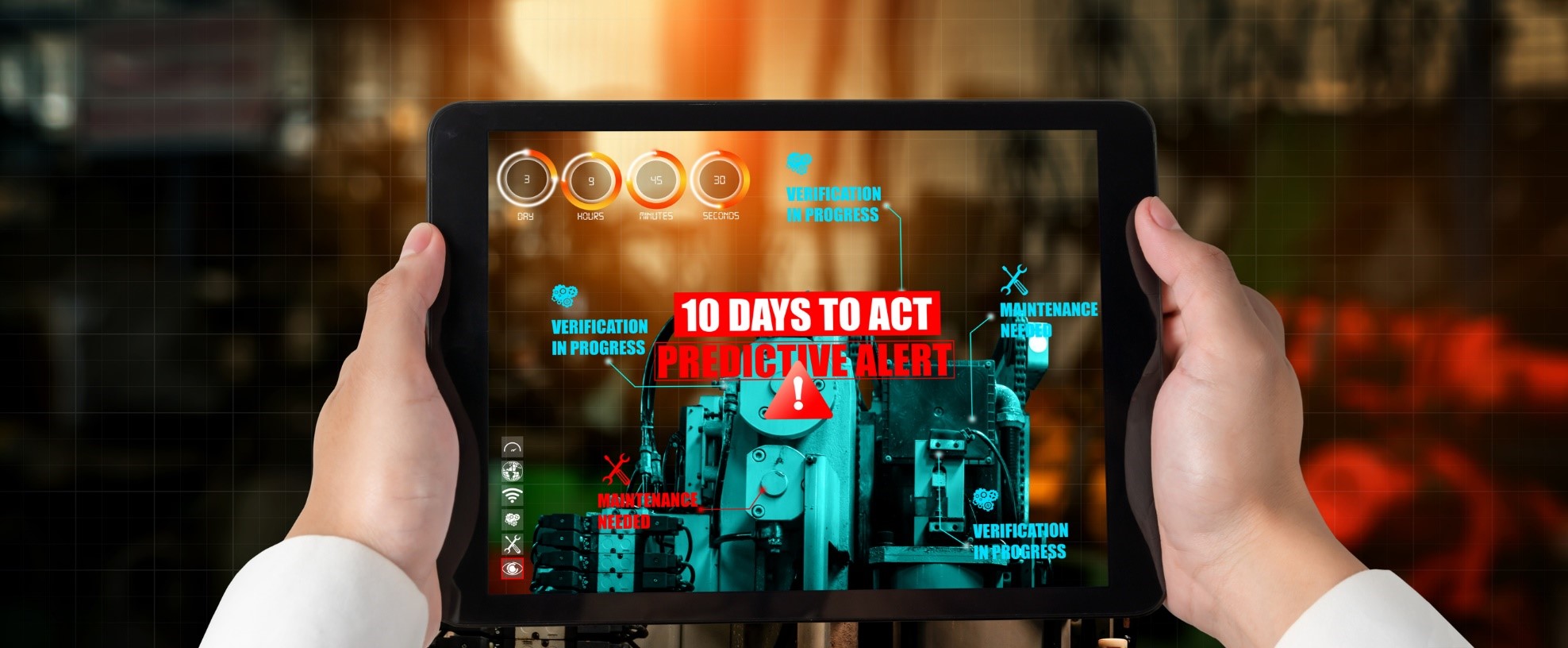
Shaping the Future: Augmented Reality’s Revolutionary Impact on Manufacturing
AR navigation guides us through unfamiliar streets with virtual arrows and markers seamlessly integrated into our field of vision. Shopping experiences have been revolutionized as AR lets us try on clothes and accessories virtually before purchasing, eradicating the need for fitting rooms. Even in our leisure moments, AR brings interactive entertainment, allowing us to transform our living rooms into gaming arenas or our backyards into alien landscapes.
AR merges the tangible environment with computer-generated sensory inputs such as audio, visuals, and video. Unlike artificial intelligence (AI) and virtual reality (VR), AR distinguishes itself by not constructing an entirely distinct digital realm. Rather, AR enriches the real-world setting by introducing digital components like computer-generated graphics, interactive encounters, and informational overlays.
Knowing this technology and its diverse applications can unlock opportunities for immersive experiences across multiple sectors of our daily lives.

The Rise of AR
The ascent of augmented reality (AR) gathered pace throughout the 2010s, spurred on by the debut of innovations like Google Glass and Microsoft HoloLens. The year 2023 saw the introduction of a groundbreaking achievement in augmented reality advancement: Apple’s release of the Apple Vision Pro glasses.
These technological strides empowered users to witness digital content seamlessly layered onto their environment, encompassing applications like map overlays and animated characters interacting with individuals.
The augmented reality sector is on the cusp of substantial expansion, with estimates suggesting it will exceed $97 billion by 2028. This remarkable surge will herald a transformative epoch, reshaping our interactions with both our environment and technological progress.
Approaching Augmented Reality (AR) Implementation in Manufacturing
Undertaking shifts in workforce dynamics is a challenge, and navigating digital transformations proves even more complex.
It’s crucial to recognize that digital transformation is an incremental progression rather than an abrupt revolution.
Effectively attaining transformation objectives, concentrating on foundational elements before delving into an advanced system like AR, can be advantageous.
Although AR might require manufacturers to wait before embracing adoption, it shouldn’t be dismissed entirely. Instead, the emphasis should remain on advancing to the subsequent stage of your digital transformation and building from there.
As you initiate efforts to digitize work instructions, a few practical tips warrant consideration:
- Initiate a swift audit to take stock of your current instructions. This step can facilitate the identification of quick victories as you strive for enhancements.
- Seek out a software tool that enables creating, managing, and distributing digital instructions from a unified platform.
- When embarking on authoring digital work instructions, capturing procedural knowledge at the point of action, such as on the shop floor, proves most effective. Enriching the content with visual elements like images and videos of adept workers executing tasks aids in preserving and transmitting valuable expertise, as humans inherently tend to be visual learners.
AR Is a New Way to Present Information
Ultimately, AR represents a fresh way to present information, but the information must remain well-documented, accurate, and easily understandable for the manufacturing workforce — these are the foundational principles.
Streamline transformation initiatives by formulating a repository of digital work instructions, standard operating procedures (SOPs), and training materials that employees can familiarize themselves with and trust.
Subsequently, identifying suitable technologies to disseminate these instructions becomes a more attainable endeavor. In this manner, the manufacturing sphere will be suitably prepared when the opportunnate moment for AR arises.
For more information on augmented reality and manufacturing
TechXellence 2023 |Turner Group
Interactive Experiences | Augmented Reality | Product Videos | Mixed Reality | www.cdsvisual.com
How Augmented Reality Influences Our Daily Lives | ww.litslink.com)
How Augmented Reality Will Become Part of Reality | www.thedigitalspeaker.com
Revolutionizing Reality: The Current Uses And Future Of AR | www.forbes.com
5 Ways Augmented Reality Impacts Your Daily Life | www.cgsinc.com
